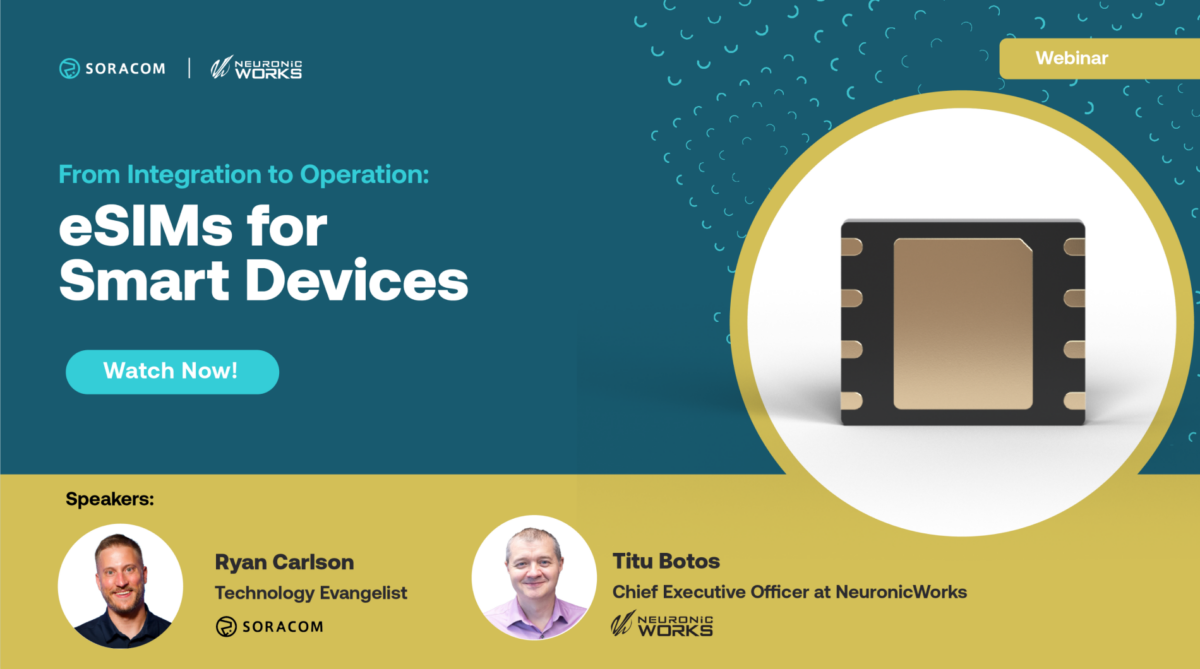The Role of Big Data in Healthcare


Big data in healthcare is expanding at a rapid pace. According to a recent report, healthcare data will experience a compound annual growth rate (CAGR) of 36 percent through 2025. That’s significantly higher projected growth than the same report expects from the financial services industry (26 percent) and the manufacturing sector (30 percent).
What’s driving the healthcare data boom? More healthcare professionals are depending on data-driven tools such as electronic health records (EHRs). And diagnostic equipment is getting smarter—for example, connected health monitors can log a patient’s test results and send them to a cloud management system. The relationship between IoT devices and big data is complex, but analytics is set to play a key role in the healthcare industry today and in the future. Here are a few areas it’s impacting:
Telemedicine
A growing healthcare field within technology, telemedicine, connects patients with healthcare providers through videoconferencing applications, often via smartphone. Many health insurance providers now offer access to telemedicine at minimal cost to patients because it saves time and expense for both patients and doctors. But when it’s restricted to videoconferencing, telemedicine has many limitations. To make it more viable, it must be utilized in conjunction with connected health monitors that can provide patient data and test results in real-time. Doctors can also use contextual data to aid successful remote diagnoses and improve patient outcomes.
Health Monitors and Patient Engagement
Cellular IoT health monitors can enhance telemedicine appointments, but consistent monitoring generates an even bigger—and more powerful—set of data and analytics. Popular wearable wristbands track indicators such as heart rate, sleep quality and exercise, painting a useful picture of a patient’s overall health. Healthcare professionals can analyze this patient data to aid diagnoses, make predictions and track outcomes. In addition, health monitors increase patient engagement, offering them improved access to data and encouraging them to take ownership of their health.
Electronic Health Records (EHRs)
EHRs collect a patient’s data in a single digital format. Healthcare providers can access EHR systems from connected devices to review previous encounters, symptoms, and test results, much like the paper files of the past. But EHR systems can also form the basis of healthcare big data projects, such as a deep learning model from Google that uses them to predict clinical outcomes. Because EHR data is complicated and plentiful, with many variables to consider, researchers need big data analytics tools such as machine learning to reap the most benefits.
Artificial Intelligence (AI)
Already embedded in today’s healthcare, AI is set to play an increasingly pivotal role. Health wearables incorporate AI technology, as do many data management systems, treatment design applications, and genetic/genomic analytics tools. In the future, medical professionals will utilize AI humanoid robots to perform tasks such as assessing patients or providing at-home geriatric health monitoring. And AI and deep learning will enable more comprehensive analytics projects using increasingly complicated data sets.
Population Health
Population health looks at health outcomes in large groups of people, taking determining factors such as genetics, physical environment, and individual behaviors into account. Because population health depends on collecting information to make predictions and recommendations, big data analytics tools strengthen and hasten the evaluation processes. Many organizations today are struggling to assemble patient information into usable data sets, so population health studies have yet to fulfill their potential.
Taken as a whole, healthcare data carries tremendous potential for identifying trends, offering insights, and enhancing patient care. To make use of the mountain of information, though, healthcare providers need to work toward big data technology solutions, including cloud-based health systems for data aggregation and storage.





